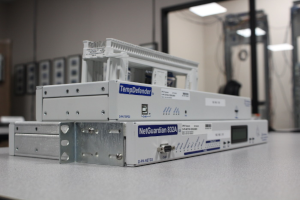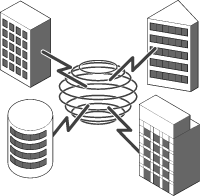Check out our White Paper Series!
A complete library of helpful advice and survival guides for every aspect of system monitoring and control.
1-800-693-0351
Have a specific question? Ask our team of expert engineers and get a specific answer!
Sign up for the next DPS Factory Training!

Whether you're new to our equipment or you've used it for years, DPS factory training is the best way to get more from your monitoring.
Reserve Your Seat TodayA solid network reliability management plan begins with a few essential precautions against network outages. Unfortunately, too many network managers don't take these precautions.
In today's competitive telecommunications environment, managers are under pressure to increase efficiencies, reduce costs - and best practices for network reliability can be lost along the way.
Here are 10 essential first steps you should take to reduce your network's vulnerability to an outage. Use this checklist to make sure you're covering the basics of sound network reliability management.

It may sound obvious, but it isn't. Many network outages are caused by failures of equipment that no one bothered to hook up to the network monitoring system. Even the humblest piece of equipment - a starter battery for the backup generator, for example - can bring down the network if it fails.
2. Don't rely on embedded scan points to report alarmsTelecommunications equipment with built-in alarm systems is not a substitute for a genuine network reliability management system. You can't trust your equipment to monitor itself. If the equipment fails, it will take your ability to diagnose and correct the problem down with it.